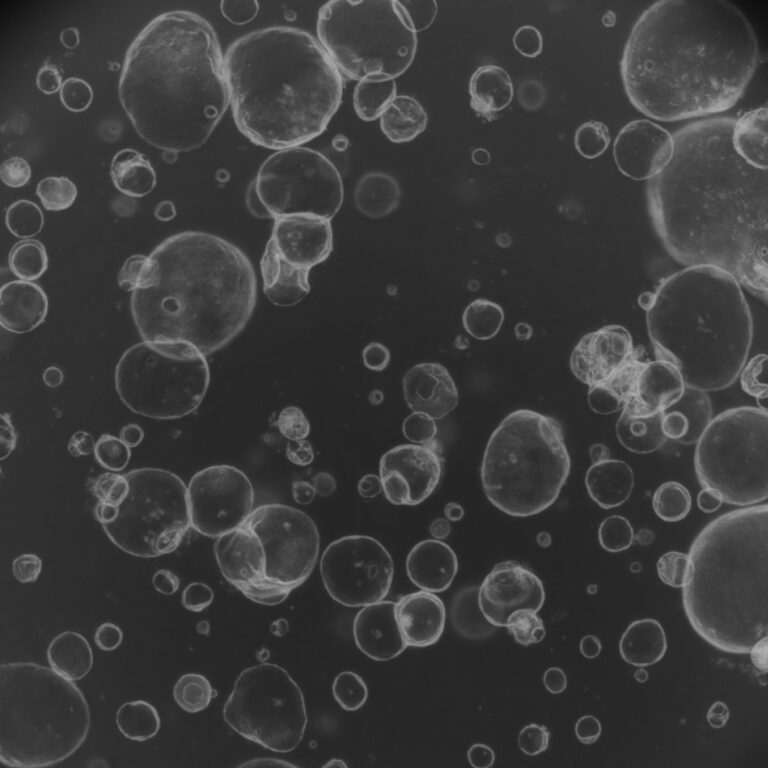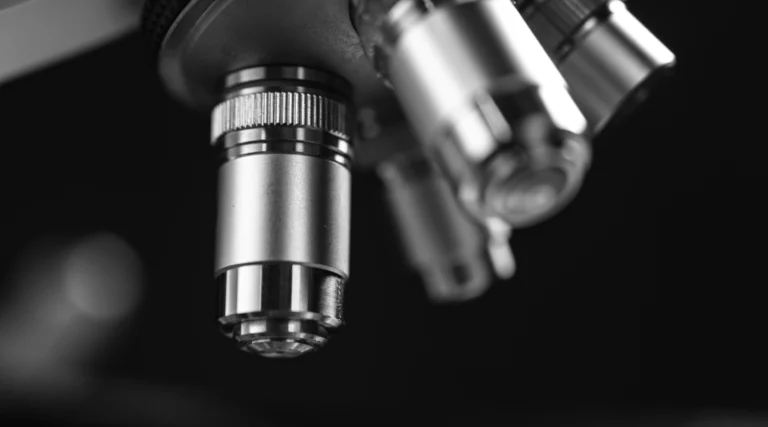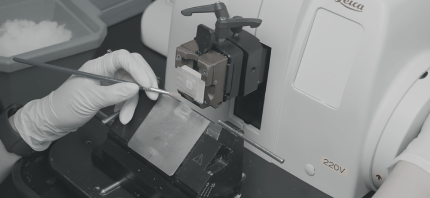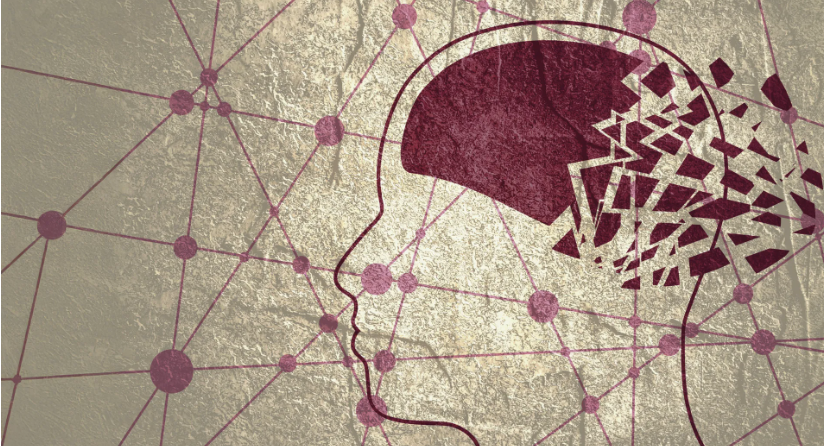A novel approach was developed to enhance the development of human cortical organoids (hCOs) derived from induced pluripotent stem cells (iPSCs) for better mimicking in vivo cortical brain structure. Initially, hCOs were created to be more homogeneous and consistent in size around 250 µm by day 5. Subsequently, a 3D co-culture system was employed to encapsulate these brain organoids with a thin layer of meningeal cells from the early stages of cortical development. Immunostaining analysis showed different cortical layer markers during various developmental stages.
Real-time monitoring using IncuCyte indicated improved morphology and increased growth rate of meningeal-encapsulated organoids over time. These organoids exhibited better laminar organization, higher expression of REELIN by Cajal–Retzius neurons, and an increased expansion of TBR2 intermediate progenitor cells (IPCs), deep cortical layer (CTIP2), and upper cortical layer (BRN2) in the presence of meningeal cells. Additionally, meningeal-encapsulated organoids showed enhanced formation of outer radial glial cells and astrocytes, as indicated by stronger expression of HOPX and GFAP markers, respectively. This approach provides a 3D co-culture platform that closely mimics in vivo cortical brain structure, enabling better investigation of mechanisms underlying neurodevelopmental disorders during embryonic development.
Keywords: Organoid




